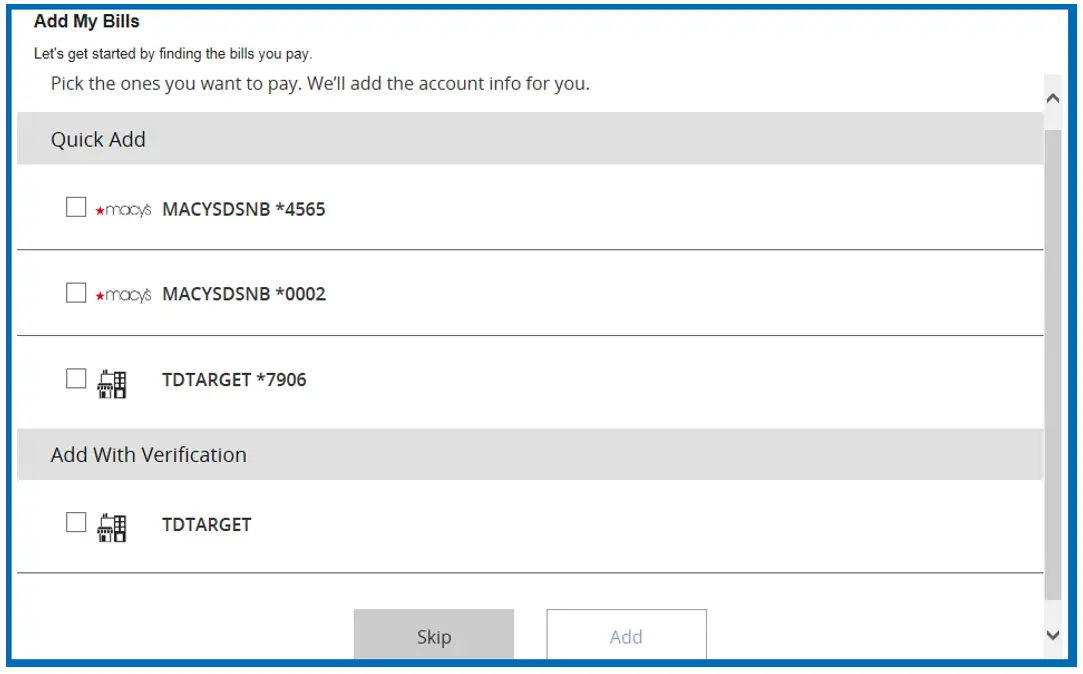Unlike interest rates, property taxes and insurance rates, you decide how much you borrow and therefore how large your monthly mortgage payments will be.
Estimating your mortgage payments
Here is a chart showing monthly payment levels for different amounts at different interest rates. It reflects using a 30-year fixed mortgage. Payments with a 15-year mortgage will be higher, but you will pay off the mortgage sooner and pay much less interest over the life of the mortgage.
| Monthly Mortgage Payments at different interest rates (30-year fixed rate mortgage) | ||||||
|---|---|---|---|---|---|---|
| Mortgage amounts | 3.25% | 3.50% | 3.75% | 4% | 4.5% | 5% |
| $50,000 | $217.60 | $224.52 | $231.56 | $238.70 | $253.34 | $268.41 |
| $75,000 | $326.40 | $336.78 | $347.33 | $358.06 | $380.01 | $402.62 |
| $100,000 | $435.20 | $449.04 | $463.12 | $477.41 | $506.69 | $536.82 |
| $150,000 | $652.81 | $673.57 | $694.67 | $716.12 | $760.03 | $805.23 |
| $200,000 | $870.41 | $898.09 | $926.24 | $954.83 | $1,013.37 | $1,073.64 |
If you are looking at mortgages of different levels, you can use the chart to estimate or use a mortgage payment calculator on the Internet to find a more exact answer. Accumulating a down payment Most lenders require certain levels of down payments (often 3% to 25%) to consider you for a mortgage. The larger the down payment, the more comfortable they will probably be giving you the mortgage. But it may be nice to have some extra money available after you move into your new home. New carpeting, new furniture and landscaping all take money.
Here are some ideas to consider:
- Save. Most people save for a couple of years to accumulate a down payment. This may mean less or cheaper entertainment or less dining out. One way to save is with an automatic savings plan at your financial institution. Have a certain amount transferred from your checking account to a dedicated savings account each month. It’s easy to schedule automatic transfers with Online Banking.
- Borrow the down payment from your retirement plan. Many company-sponsored 401(k) or profit sharing plans have provisions to let you do this. Check the details of your plan.
- Move. Live in a cheaper apartment while you accumulate your down payment. If you are just starting out or are considering changing jobs, consider an area with a lower cost of living.
- Reduce other high interest rate debt. Paying off credit cards will take some of your savings, but you will not be paying the high rates usually found with credit cards.
- Sell some of your investments. Selling boats, toys, and collectibles can add up. It’s also important to get and retain a bill of sale.
- Get a second job and save your earnings.
- Skip a year's vacation.
- Borrow from your parents. Many parents are willing, or even anxious, to help their children with the purchase of a first home. Be respectful of their generosity.
Conclusion
Buying a home, especially a first home, is a big financial and emotional step. Do your financial homework. Investigate your mortgage options. Determine what level of monthly mortgage payments will be affordable and comfortable. Use some discipline to save your down payment. It is also a good idea to meet with your North Shore Bank Mortgage Professional who can help answer your questions and guide you every step of the way.





 When opening an account online, your initial deposit must be done by transferring money from your current bank account or by debit or credit card.
When opening an account online, your initial deposit must be done by transferring money from your current bank account or by debit or credit card. Click on the three vertical dots alongside the blue “Pay” button
Click on the three vertical dots alongside the blue “Pay” button